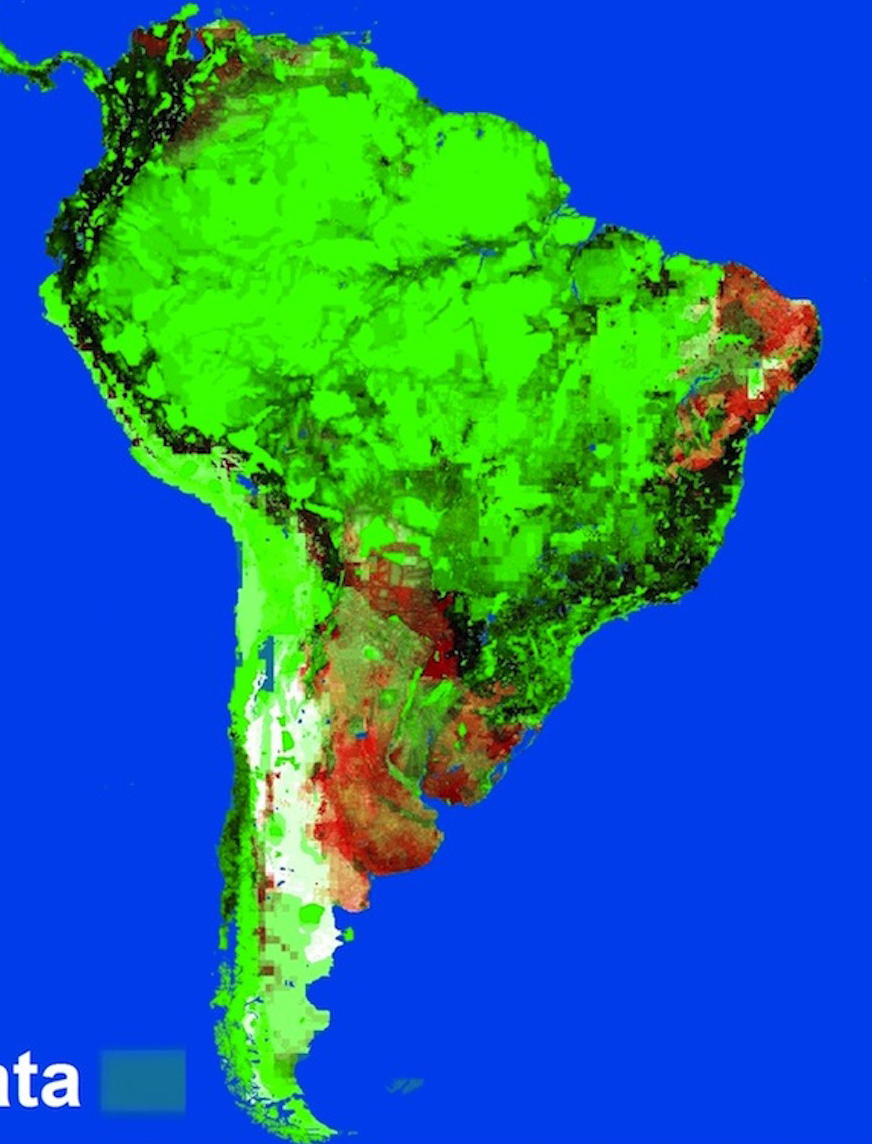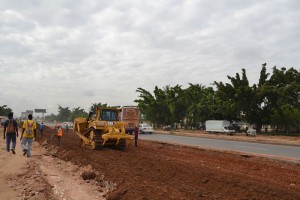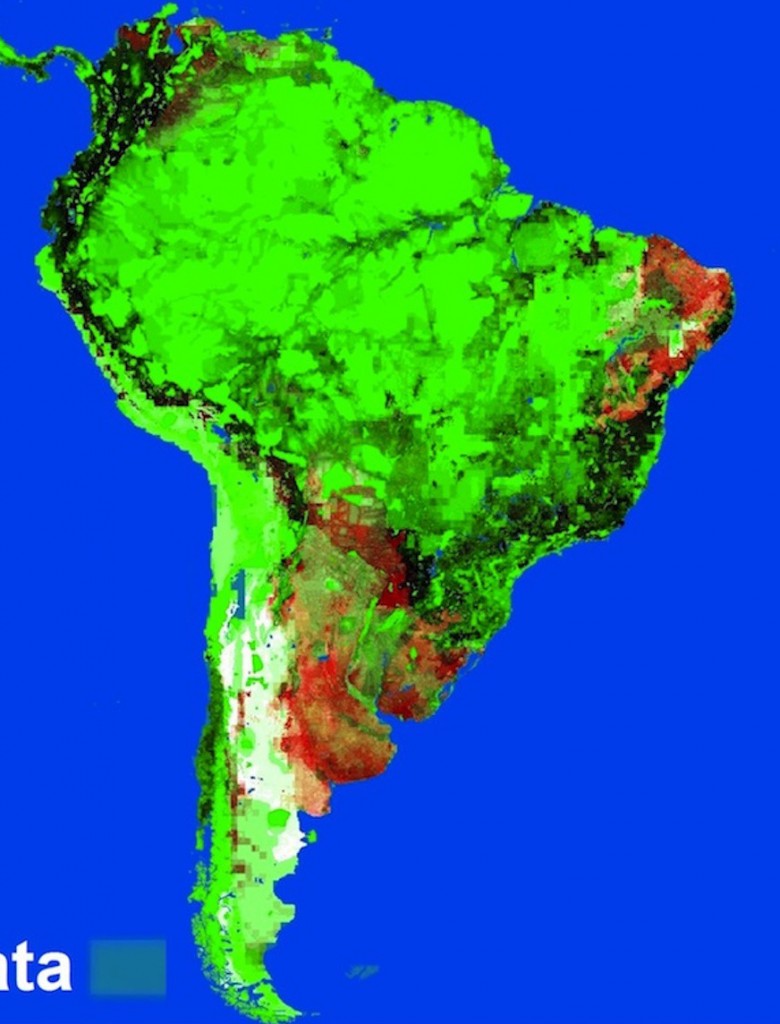September 15, 2014 – By 2050 we will have to invest in a new road network 25 million kilometers in length to keep up with human population growth and infrastructure requirements. This represents a 60% increase from 2010 with almost all of these new roads located in Developing World countries. So states researchers in an article that appeared the online issue of Nature last August 27.
The roads may prove to be a necessary evil. Why so? Because human population demands require them and because roads tend to open up those remaining areas of the world that have yet to be intensively developed. The impact on forests, watersheds, farmland, and ecosystems and biodiversity by all this road building could prove catastrophic.
The authors of the paper are advocating for a strategic plan to minimize the damage that unprecedented road growth will bring. There are many examples in history of how putting roads through under and undeveloped areas can lead to unforeseen consequences. The building of iron roadways, the railroads across North America in the 19th century, played havoc with aboriginal communities, drove the American Bison to near extinction, and altered the biodiversity and landscape. The building of a Trans-Amazon highway through Brazil today is leading to runaway deforestation in tropical rainforests, vital players in the atmospheric engine and freshwater cycle of the planet.
William Laurance of James Cook University, one of the principle authors states, “So much road expansion today is unplanned or chaotic, and we direly need a more proactive approach.” He goes on, “A lot of the environmentally valuable land on earth—such as tropical and subtropical rain forests—is strongly concentrated in developing nations……these nations often have rapidly growing populations and a serious need for economic and social development.” In these statements Laurance summarizes the critical issues faced by humanity and in particular, those living in Developing Nations. How do you reconcile infrastructure development with environmental responsibility in the light of human population growth?
The paper which Laurance and others have written advocates for a global road-mapping strategic plan. On a website of their creation, the Global Roadmap, they provide statistics and high-resolution regional and environmental-values maps to show where road construction will produce the greatest economic and social benefit while minimizing environmental risk.
I have reproduced one of those maps to show you. It is of South America and displays a three-colour key: green represents areas with high environmental values, red depicts areas where roads would produce the greatest benefit, and black, conflict zones, areas where environmental risks are too great to allow large road development projects. White areas represent insufficient data.
The authors of the paper looked at agriculture principally. Why? Because rising global food demand requires improved roads so that farmers can produce and deliver better results. Nathan Mueller, of the University of Minnesota, one of the authors of the paper explains: “With better roads, farmers can have improved access to fertilizers, information, and markets for their crops — the whole economic equation changes, which can make farming more efficient and profitable.”
Poor road infrastructure is one of the reasons for food shortages in many parts of the world. Wastage eats up almost a third of the food we produce on this planet every year. For Developing Nations with exploding populations concentrated in large urban centers, even with more than adequate land under tillage and sufficient livestock resources, the net result is the need to spend precious capital on basic food staples. One of the reasons – 15-20% of what is produced spoils at the point of production. Why? Poor roads play a big part as does lack of adequate refrigeration and the energy resources needed for this, improper storage infrastructure and inadequate transportation. Even worse there is correlation between all of this food wastage, a country’s carbon footprint, declines in freshwater resources, disease rates and more, critically important issues in the 21st century.
With global food demand expected to double by 2050, improved and new roads will play a decisive role in ensuring adequate food supply. At the same time, however, nations in need of road development will have to ensure that environmental impacts in those black and green zones are minimized. Humanity and the planet need to maintain tropical rainforests and other environmentally sensitive areas for the sake of their biodiversity and the important role they play in stabilizing climate and sequestering carbon.
The authors in producing the Global Roadmap website hope that their methodology and tools will be adopted globally. I share their conviction and hope.






















